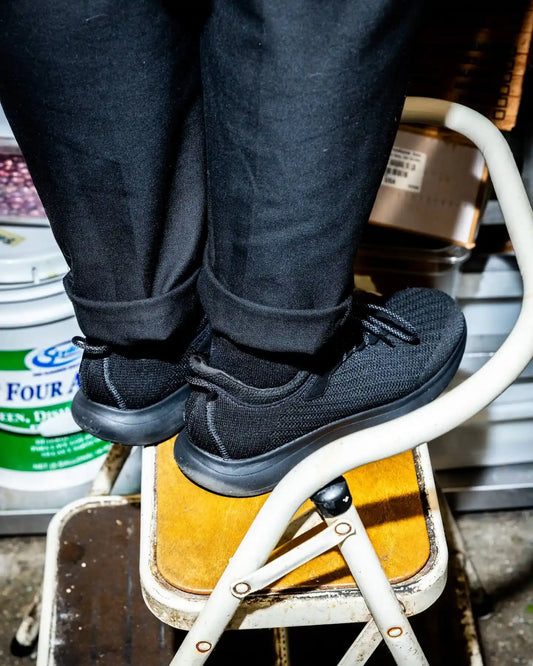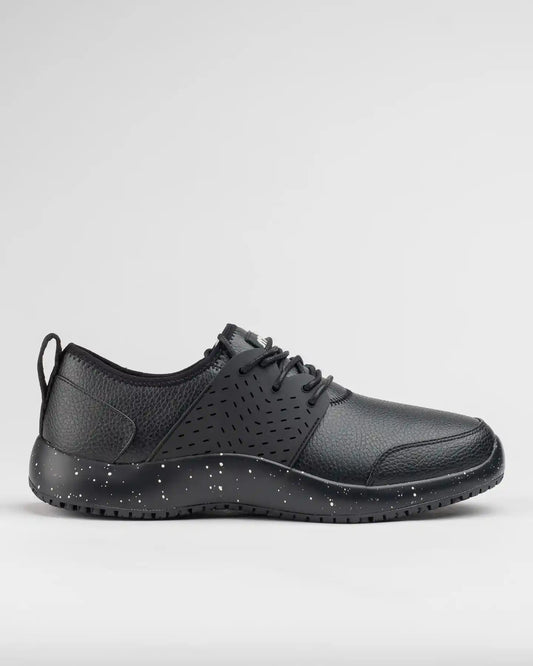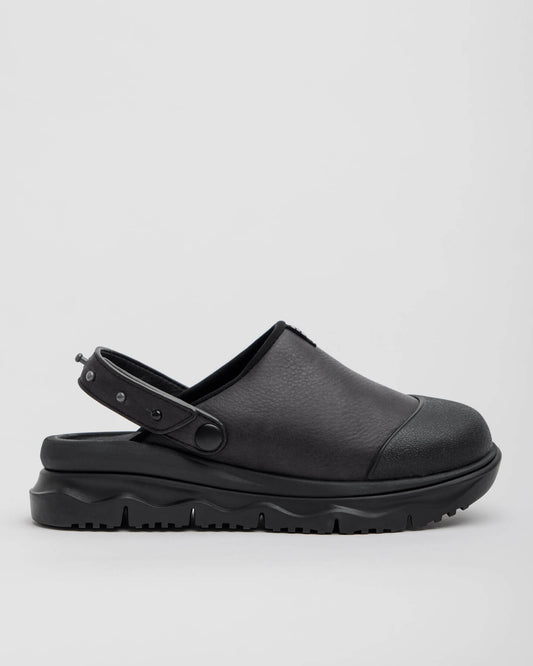Safe Working Conditions: Purpose & Concept
Snibbs Footwear
Workplace accidents are extremely common, with millions of people being injured on the job every year. Besides physical harm to employees, it also results in loss of manpower and thereby a loss of revenue for businesses.
Proper working conditions and workplace safety tips are therefore of utmost importance for employees and employers alike. In fact, there are many laws that govern workplace safety at various levels. These laws have been made to ensure that the risk of accidental injuries in the workplace is significantly reduced. The primary workplace safety law, at the federal level, is the Occupational Safety and Health Act, also known as OSHA.
Under this act, employers are accountable for providing a safe work environment and to comply with safety and health standards. In fact under OSHA, the state has the power to conduct on-site inspections and also levy penalties in case any violations are found.
OSHA puts together certain standards such as the use of certain safety practices, monitoring of hazards, keeping records of workplace injuries and more. Some of the OSHA standards include:
- Having appropriate guards on machinery
- Providing fall protection
- Ensuring exposure to harmful chemicals is restricted
- Ensuring training is provided for dangerous jobs, and more.
Even beyond the legislation, employers have to be mindful of several workplace safety tips to protect their employees. Some of these include:
- Ensuring proper personal protective equipment for workers is a must-do. This applies to fall protection equipment as well as other safety gear. In fact, speaking of safety gear, it is extremely important to also look at foot safety and to equip workers with the right footwear appropriate to the hazard involved. In addition, if your work demands that employees are on their feet for long hours, the footwear needs to be comfortable, with a cushioned insole, deep heel cup and enough toe room. This can go a long way in preventing accidents that arise out of fatigue at the end of a long working day.
- Safety for workers also demands that there are anti-slip mats to prevent slips, trips and falls. Due emphasis also needs to be paid to proper housekeeping facilities so that there is no spillage on the floor and there is no clutter, which can become a tripping hazard.
- If your workplace involves the use of forklifts, training of drivers is an important aspect of workplace safety. In addition, the vehicle must be well maintained and there should be designated walkways so that chances of accidents are minimized.
- In terms of machinery, there need to be proper lockout processes. Faulty equipment, unattended live cables can all become potential threats. Once again, proper worker training, so that there is no complacency is key.
- If your industry involves the use of chemicals, you need a stringent control mechanism to keep accidents at bay. From storing the chemicals safely to keeping a track on expiry dates for efficient disposal, there is a lot that needs to be done.
Even more important than workplace safety tips it is important to inculcate an overall culture of safety where everybody feels invested in the process of ensuring workplace safety and better working conditions. In fact, the culture needs to emanate from the top leadership for it to flow down the line. With adequate sensitivity towards ensuring workplace safety, accidents can be kept at bay and worker safety, ensured.













